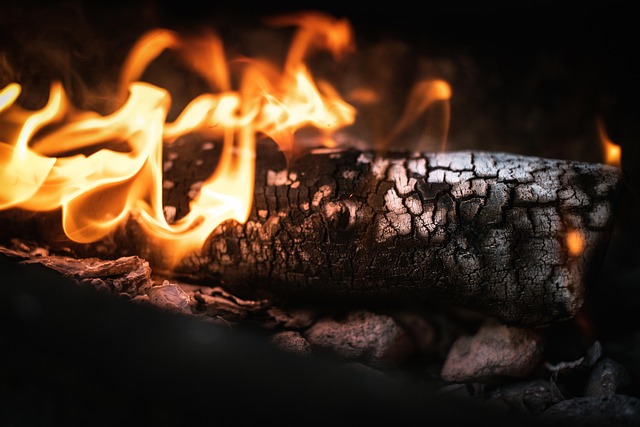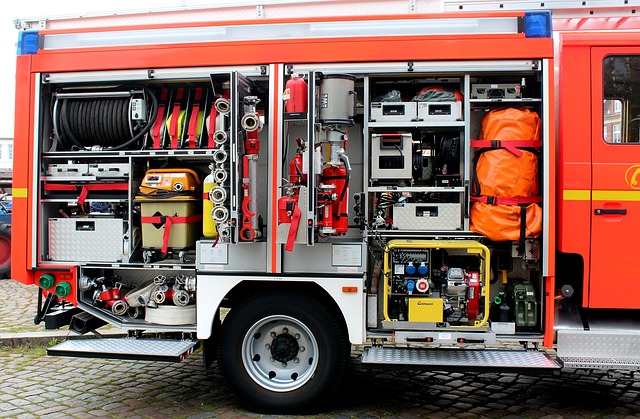Smoke damage from wildfires or other events poses significant risks to Texas HVAC systems, impacting air quality and system efficiency. To mitigate these risks, Texas homeowners should prioritize professional HVAC duct sanitation post-smoky events, removing debris and ensuring a safer, healthier indoor environment. Prompt action is crucial to avoid health problems stemming from contaminated air. Regular maintenance, including cleaning, inspection, and filter replacement, prevents future smoke damage. Continuous monitoring guarantees optimal air quality after restoration.
In the aftermath of a fire, smoke damage to Texas HVAC systems is a common concern. Understanding the extent of this damage is crucial for maintaining indoor air quality. This article delves into the intricacies of smoke damage in Texas HVAC systems, detailing the comprehensive process of sanitizing ducts after fire. We also explore preventive measures and long-term care strategies to ensure a healthy living environment.
- Understanding Smoke Damage in Texas HVAC Systems
- The Process of Sanitating Ducts After Fire Damage
- Preventive Measures and Long-term Care for Smoke-damaged Air Ducts
Understanding Smoke Damage in Texas HVAC Systems

Smoke damage from wildfires or other events can significantly impact Texas HVAC systems. When smoke infiltrates ductwork, it leaves behind harmful residues and odors that can affect air quality and system efficiency. These residues include charred particles, ash, and other contaminants that can cause various issues for both residents and HVAC equipment.
In the aftermath of a smoky event, Texas homeowners should prioritize professional HVAC duct sanitation to mitigate these risks. This process involves thorough cleaning and disinfection to remove smoke-related debris, ensuring a safer and healthier indoor environment. Prompt action is crucial as prolonged exposure to contaminated air can lead to respiratory issues and other health problems.
The Process of Sanitating Ducts After Fire Damage

After a fire, smoke damage can leave HVAC ducts contaminated with harmful residues and particles. Sanitating these ducts is essential for maintaining indoor air quality in Texas homes and businesses. The process begins with removing visible debris and ash from the ductwork using specialized equipment like vacuum cleaners with high-efficiency filters. Once cleaned, a thorough inspection is conducted to identify any damage or blockages caused by the fire.
The next step involves applying approved sanitizing solutions that are safe for both people and the environment. These solutions effectively eliminate smoke odors and any remaining contaminants. Ducts are then sealed to prevent further air leakage and ensure the sanitizing agents remain effective. This meticulous process not only restores the HVAC system’s efficiency but also guarantees a healthier living or working environment in Texas.
Preventive Measures and Long-term Care for Smoke-damaged Air Ducts

To prevent smoke damage to HVAC ducts in Texas homes and businesses, regular maintenance is key. This includes routine cleaning to remove dust, dirt, and debris that can accumulate over time, as well as inspecting for any signs of damage or wear and tear. Using high-quality filters and replacing them according to the manufacturer’s recommendations can also help trap particles and prevent smoke from infiltrating the system. Regular duct sanitation is crucial, especially in environments prone to wildfires or other smoky conditions.
Long-term care involves addressing smoke damage promptly if it occurs. This might include professional restoration services to clean ducts thoroughly and remove any lingering odors or contaminants. Additionally, encapsulating damaged areas with sealed covers during repairs ensures that no further debris enters the system. Regular monitoring of HVAC systems post-restoration is essential to guarantee optimal air quality and prevent future smoke infiltration.
Smoke damage from wildfires is a significant concern in Texas, impacting not just homes but also crucial HVAC systems. Prompt action is essential to mitigate health risks and restore indoor air quality. Proper sanitization of ductwork involves specialized techniques to remove smoke odor and contaminants. By following recommended preventive measures and long-term care practices, homeowners can ensure their Texas HVAC systems remain efficient and safe after smoke damage. Regular maintenance and professional inspections play a vital role in minimizing future exposure to harmful residues.
